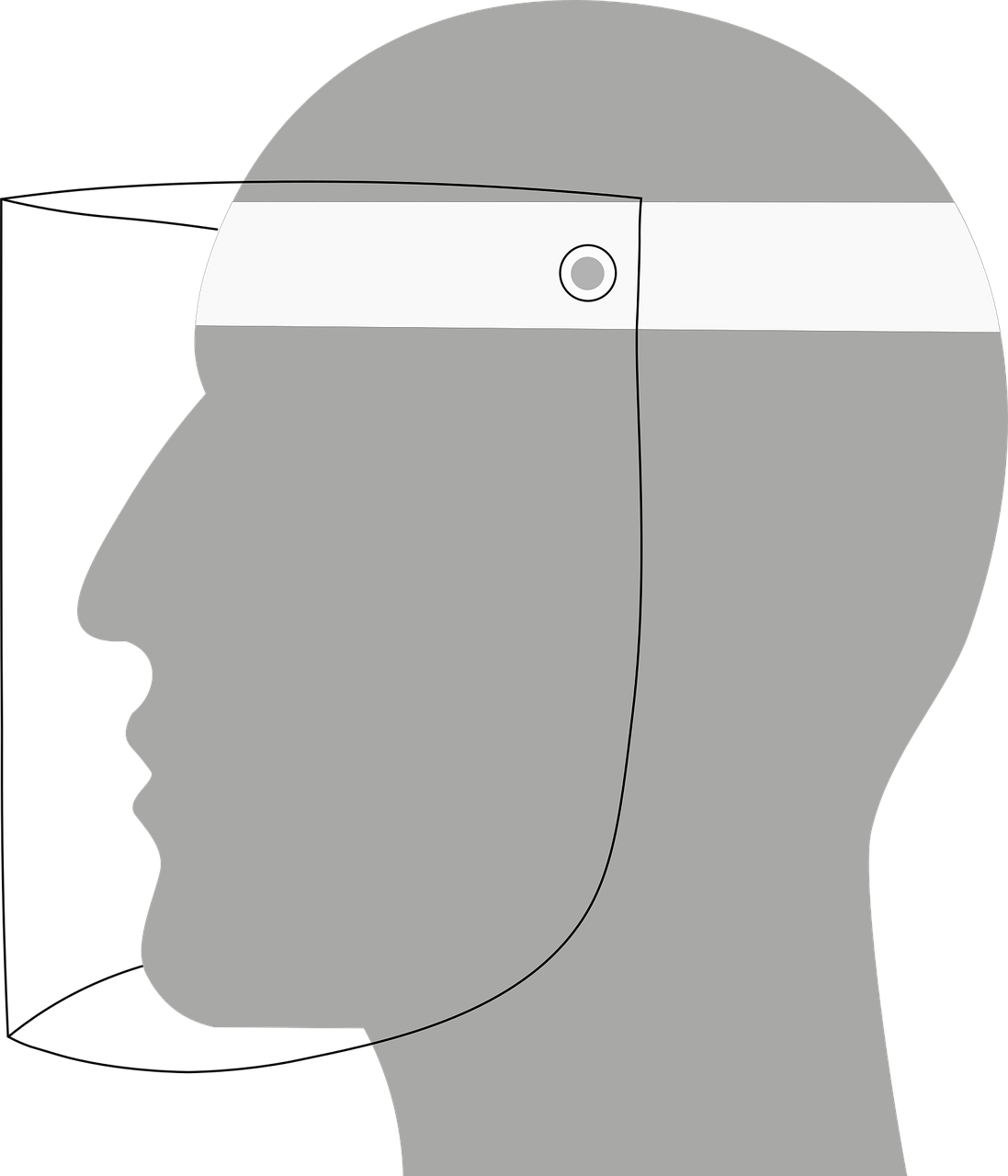Min Ji Kwak, MD, MS, DrPH is Assistant Professor in Geriatric Medicine at the University of Texas Health Science Center in Houston, Texas. She tweets @minjikwak2
He was sitting on the bed. He had presented to the emergency room with fever and shortness of breath and was labeled a PUI - “Person Under Investigation.” Every time he took a deep breath, I saw his chest wall retract between his ribs. The bars on the oxygen saturation monitor tried to reach 90%, but they never did. In front of my face shield, sat an older adult who needed my care; behind the face shield, I was standing, scared.
I first recognised the inherent vulnerability of old age in high school. I was living in Seoul, South Korea, in 1995, when a six-story superstore collapsed a few blocks from the school. I was a firsthand witness to the suffering and pain of an event where 502 people died. Years later, I became an emergency medicine physician, and as part of our course work, we studied the superstore disaster where the disorganised response resulted in an increased number of fatalities, mostly affecting vulnerable populations of society. I was compelled to change the trajectory of my career and become a geriatrician who conducts health services research to find the answer to provide optimal care for vulnerable older adults. I have been an attending for seven months.
His diagnosis was Gram-negative bacteremia, likely due to urinary tract infection. He was transferred out from the PUI unit and admitted to my teaching service after an initial negative COVID-19 test result. His medical record showed that he had asthma, and he was put on steroids for shortness of breath due to an exacerbation. His fever resolved, and oxygen saturation normalized before the transfer. The next morning when we took over his care, his chest x-ray showed new bilateral infiltrates. I tried to calm myself down. He probably received a bit too much fluid and is experiencing mild volume overload. It seemed like a good idea to put the face shield on.
I entered the room with a face shield, mask, gloves, and a disposable gown. There, I met him with bilateral chest wall retraction and oxygen saturation of 89% with loud wheezing. As soon as I had put on the face shield, my coping mechanism to shake off the fear evaporated. I ordered a second test for COVID-19.
And it was again negative.
At this point, for the first time since his admission, I faced him without the piece of plastic between us. I was able to employ my geriatric training and learn about what mattered most to him. His main concern was not shortness of breath, but the pain from the indwelling urinary catheter. He was cognitively impaired and failed to understand what was going on. His daughter was not at the bedside to explain things and comfort him in his primary language.
But, when I was standing behind the piece of transparent plastic, I had failed to address many of his needs. To me, that face shield was cloudy, blocked my vision, and prevented me from providing the care that my older adult patient deserved.
Before this pandemic, hospitalised older adults were already behind the eight ball. They have multiple comorbidities, are at high risk for delirium, and need assistance with decision making and transitions of care. COVID-19 has further highlighted these vulnerabilities. The virus is disproportionally devastating to this vulnerable population. Older adults during the pandemic may have higher mortality from delirium compounded by physical isolation in the hospital. The lack of family members at the bedside to redirect the patient could result in a higher chance of getting inappropriate antipsychotics or physical restraints in the hospital, which can lead to other adverse events. The unusual presentation of disease in older adults may obscure the diagnosis of COVID-19 or other morbid diseases.
It seems that the single piece of plastic clouded my vision, causing me to forsake the geriatric principles I worked hard to learn. Behind the face shield, I created a potential problem when my attention was drawn to a readily noticeable condition but missed critical fundamental issues. Today’s pandemic brings back memories of the disaster in 1995, where I saw people die in large numbers, feeling helpless. Much needs to be done to contain the spread of the COVID-19, to protect the patients and health care workers, and I will be likely to continue to wear the face shield for a while. This encounter taught me that I must remain vigilant to provide the standard of care my patients deserve, behind the face shield.
Acknowledgment
I gratefully thank Dr. Carmel Dyer and Dr. Holly Holmes for the guidance and thorough editing for this perspective paper.
